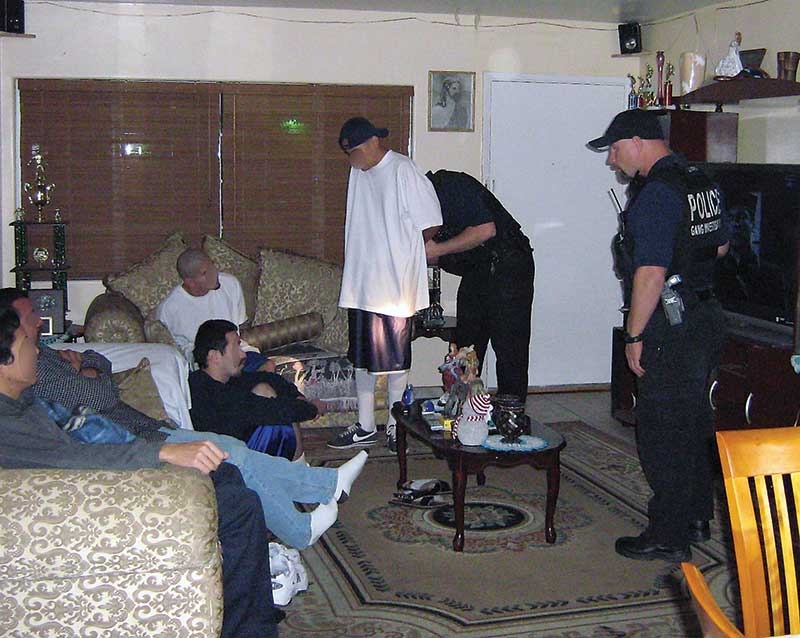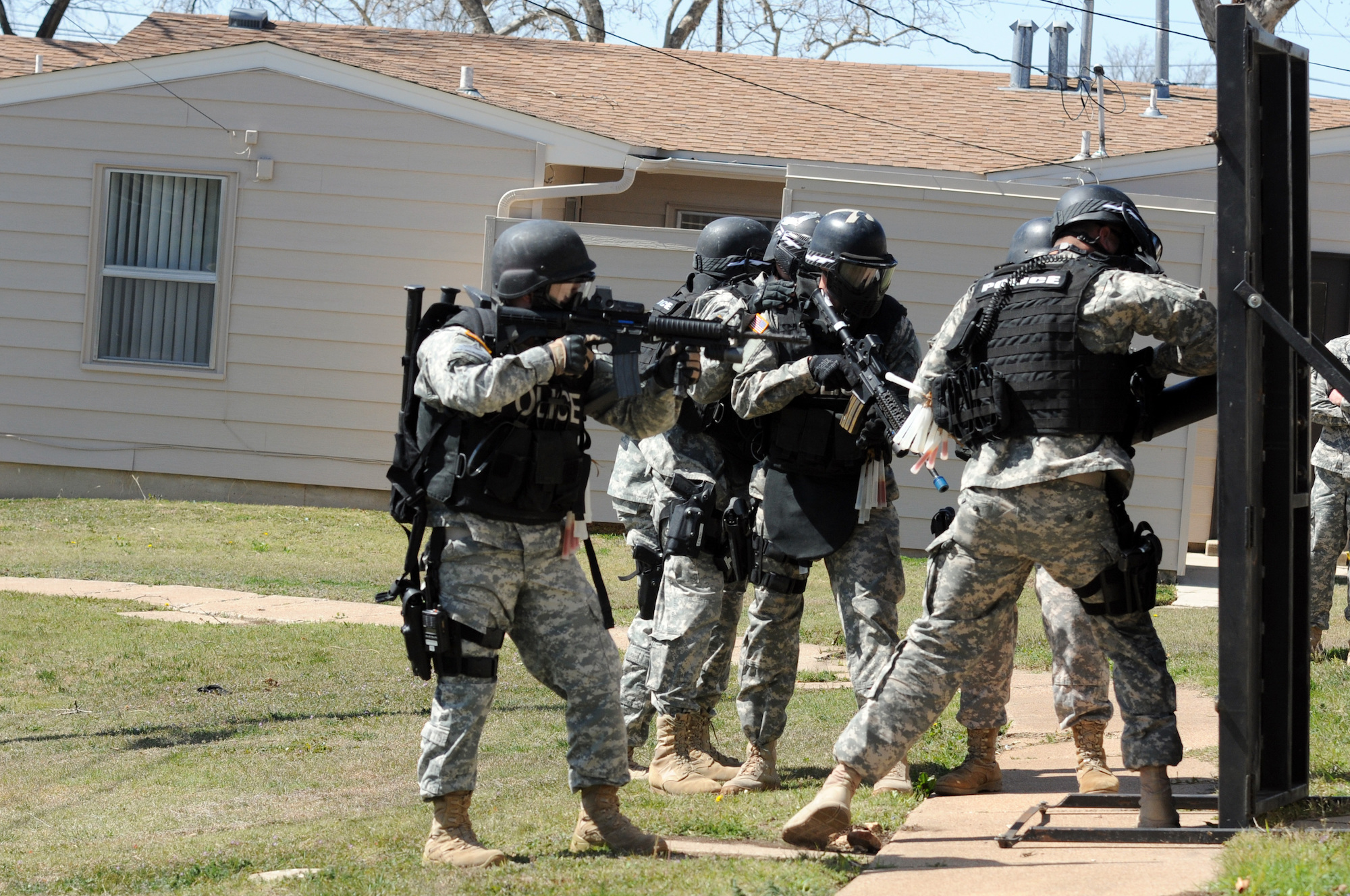
STREET-COP-CLIP
What Do I Say?
Basically you have two kinds of community meeting presentations: First, addressing a specific issue or problem, like gang-related violence, a rash of burglaries, a sex crime series, etc. Your prep for these is pretty straightforward. Gather stats (and get them signed off for release), get position statements from your commanding officer, CLEO, chief of investigations, and maybe your agency’s legal advisor and public relations officer; in other words, the people who ought to be there, but avoid it like the plague. They will typically provide good material for you as long as they don’t have to deliver it. Don’t just read quotes, but stick to what you’ve been given and exit, stage left, as soon as possible.
The second and more common type is the open-ended “invitation,” at which the community group simply wants representation and reassuring words from law enforcement. These can actually be pleasant and less-than-lethal if you fill every minute — usually 15 to 20, max — and keep the ball rolling, to fend off distractions. I recommend following the military model, based on staff sections numbered S-1 through S-5.
S-1: Personnel
Tell them how many officers patrol their community and your supervisory area; how many cops it takes to staff each beat around the clock 24/7/365, allowing for days off, vacations and training. Citizens unconsciously assume it takes three cops to man three shifts, so enlighten them.
S-2: Intelligence
Give them current crime and comparative crime stats; community-specific problems and routine levels of calls-for-service and their nature. Remember, if it doesn’t make the news they don’t hear about it, so here’s your chance to tell them what really takes their beat cop’s time.
S-3: Operations
Here’s where you fill them in, to the degree you can, on street narcotics operations, specific enforcement efforts of all kinds including DUI patrol, school-area observation, security patrolling in commercial and industrial areas, traffic enforcement directed to high-risk problems, etc. All they know otherwise is what they see: cops driving around apparently aimlessly, or making stops for who-knows-what reasons.
S-4: Logistics
Give them an overview of what tools your cops have to do their jobs; vehicles, radios, weapons and what resources you can call upon, like SWAT, air resources, etc. You’re almost done.
S-5: Civil Affairs
Police Athletic League? Are your officers involved in any community programs? Work with or support of charities? Where, how and in what way does your agency interact with the community other than via enforcement? You may have a good deal to talk about, and end on a pleasant socially-sensitive note, and if you don’t, then drop the subject entirely because it’s a weak point you don’t want to draw attention to. Instead, substitute a segment on whom to contact for a variety of local governmental services and offices, from Abandoned Vehicles and Animal Control to Domestic Violence counseling and Drug Rehab. It’s all material they can get from the phone book or online, but it smacks of openness and engagement, and it clearly subconsciously signals winding down … quickly checking your watch is suggestive, and highly recommended.
You’ve used up your time, delivered a well-rounded multifaceted briefing in a clear, constantly-rolling presentation, and acquitted yourself honorably, so don’t stick your head in a noose by asking, “Any questions?”
By John Morrison
>> Click Here << To Read More December 2012 Street Level
Order Your Copy Of The American COP December 2012 Issue Today!















